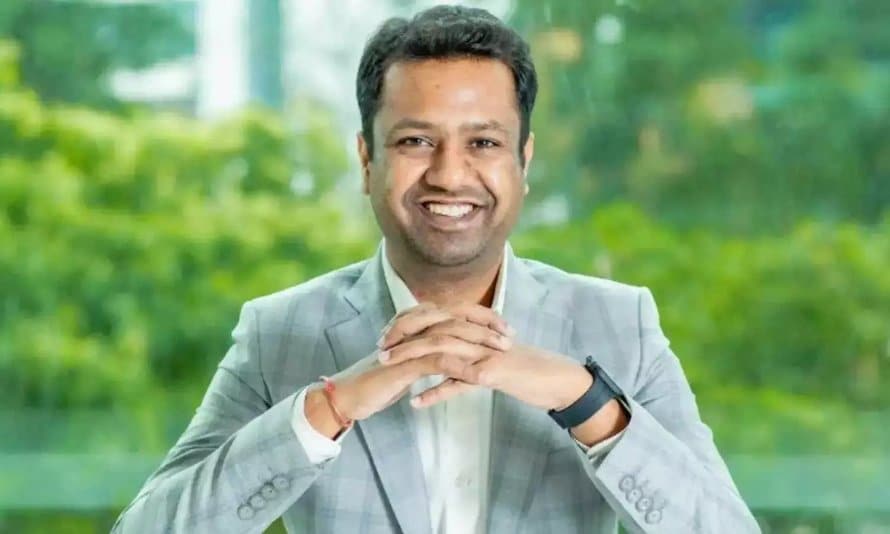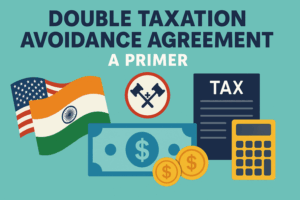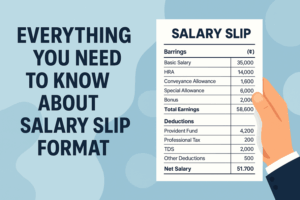
In a recent viral LinkedIn post, Ashish Singhal, Group CEO at PeepalCo and Co-founder of CoinSwitch & Lemonn, highlighted a pressing issue that has long been overlooked: the economic struggles of India’s middle class. While the poor receive welfare support and the rich continue to amass wealth, the middle class finds itself grappling with stagnant incomes, rising living costs, and increasing job insecurity.
The Stagnant Wage Growth
Over the past decade, income growth for India’s middle class has been alarmingly sluggish. Individuals earning between ₹5 lakh and ₹1 crore annually have experienced a mere 0.4% compound annual growth rate (CAGR) in their incomes. In contrast, those earning below ₹5 lakh have seen a slightly better, yet still modest, 4% CAGR.
This stagnation in wages has not kept pace with the rising cost of living, leading to a significant erosion of purchasing power.
The Rising Cost of Living
Food prices have surged dramatically, with an average increase of nearly 80% over the past decade. This spike in essential commodity prices has placed an additional burden on middle-class households, forcing many to cut back on discretionary spending and dip into savings to make ends meet.
The Consumer Price Index (CPI) data indicates that food inflation remains a persistent issue, further straining household budgets.
The Illusion of Prosperity
Despite these financial challenges, many middle-class families continue to maintain a facade of prosperity. Annual vacations, the latest smartphones, and dining out remain part of their lifestyle. However, this is often sustained through increased reliance on credit and loans, leading to mounting debt and financial insecurity.
The Threat of Job Insecurity
The advent of artificial intelligence (AI) and automation poses a significant threat to white-collar jobs, traditionally held by the middle class. Industry leaders like Sridhar Vembu, CEO of Zoho, have warned that AI advancements could render many software engineering roles obsolete. Similarly, Arindam Paul, founder of Atomberg, cautioned that AI could potentially eliminate 40-50% of white-collar jobs in India, particularly in the IT and BPO sectors.
This looming job insecurity adds another layer of stress for middle-class professionals, who must now consider upskilling or transitioning to roles less susceptible to automation.
The Growing Wealth Gap
While the middle class grapples with financial challenges, the wealth of India’s ultra-rich continues to soar. According to Knight Frank’s Wealth Report 2025, the number of ultra-high-net-worth individuals (UHNWIs) in India is projected to rise by 9.4% to 93,753 by 2028. This stark contrast underscores the widening economic disparity in the country.
The Need for Policy Intervention
Addressing the challenges faced by the middle class requires targeted policy interventions. This includes revisiting tax structures to provide relief to middle-income earners, implementing measures to control inflation, and investing in education and skill development programs to prepare the workforce for the evolving job market.
Empowering the Middle Class
The middle class is the backbone of India’s economy, driving consumption, innovation, and growth. Empowering this demographic is crucial for the nation’s sustained economic development. This involves not only economic reforms but also fostering a societal acknowledgment of the challenges they face.
FAQs
Why is the Indian middle class facing economic challenges?
The Indian middle class is experiencing stagnant wage growth, rising living costs, and increasing job insecurity due to factors like inflation and automation, leading to financial strain.
How has inflation impacted the middle class in India?
Inflation, particularly in essential commodities like food, has significantly increased the cost of living, eroding the purchasing power of middle-class households.
What is the impact of AI on middle-class employment?
AI and automation threaten to displace many white-collar jobs traditionally held by the middle class, necessitating upskilling and career transitions to remain employable.
What measures can help alleviate the middle-class crisis in India?
Policy interventions such as tax relief, inflation control, investment in education and skill development, and job creation in emerging sectors can help address the challenges faced by the middle class.







